In today’s fast-paced digital landscape, small businesses must stay ahead of the curve to remain competitive. With the ever-evolving world of digital marketing, it’s crucial to adopt the right strategies to reach your target audience effectively.

As we head into 2025, effective digital marketing is no longer a choice but a necessity. Small businesses need to leverage the most impactful marketing strategies to drive growth, boost brand awareness, and stay competitive.
Table of Contents
What are the most effective marketing strategies for small businesses?
The most effective marketing strategies for small businesses focus on building strong connections with their target audience while maximizing limited resources. Leveraging social media, content marketing, and email campaigns allows small businesses to engage customers directly and cost-effectively. Local SEO, partnerships with complementary businesses, and personalized promotions help increase visibility and trust in the community. By combining creativity with data-driven decisions, small businesses can grow their brand, attract loyal customers, and compete effectively in a crowded market.
The Evolving Landscape of Small Business Marketing in 2025
As we step into 2025, the marketing landscape for small businesses is undergoing a significant transformation. The way businesses connect with their audience, build brand awareness, and drive sales is changing rapidly due to advancements in technology and shifts in consumer behavior.
How can gamification help SMBs stand out?
Gamification can help SMBs stand out by turning ordinary customer interactions into engaging and memorable experiences. By incorporating game-like elements such as rewards, challenges, and progress tracking, small businesses can increase customer engagement, loyalty, and word-of-mouth promotion. This interactive approach not only differentiates a brand from competitors but also encourages repeat visits and strengthens the emotional connection between the business and its audience.
Are You Truly Maximizing Your Small Business’s Marketing Potential in 2025?
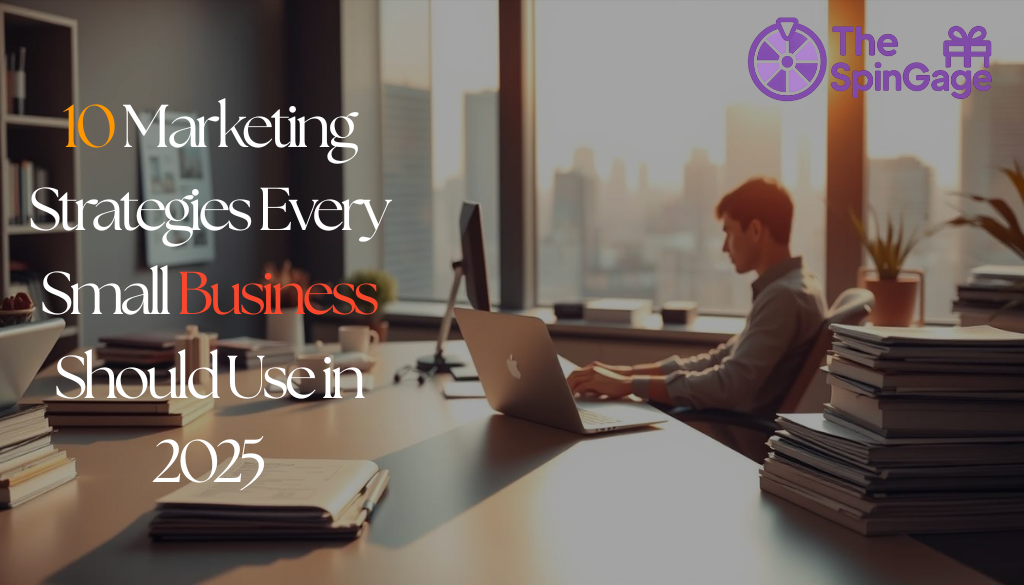
In an era where digital marketing evolves at lightning speed, small businesses face unprecedented challenges—but also remarkable opportunities. The question is, are you ready to harness the latest strategies to ensure your brand not only survives but thrives? From AI-powered content creation to social media strategies tailored for each platform, from local SEO optimization to personalized email campaigns, the tools available to small businesses today can transform the way you reach and engage your audience.
Imagine your content consistently reaching the right people at the right time, your social media profiles buzzing with authentic engagement, and your email campaigns delivering highly targeted messages that convert prospects into loyal customers. Consider the power of short-form video content and live streaming that captivates audiences in seconds, or strategic influencer collaborations and community partnerships that instantly expand your reach while building trust. Combine these with data-driven analytics to track performance, refine campaigns, and maximize every marketing dollar—even on a limited budget—and you have a blueprint for success that’s designed for the modern marketplace.
However, many small business owners struggle to implement these strategies effectively. Without a clear plan, limited resources can lead to scattered efforts, missed opportunities, and frustration. That’s why understanding and applying the right marketing strategies in a structured, intelligent way is crucial. By integrating content marketing with AI assistance, leveraging social media with platform-specific approaches, optimizing your local SEO presence, personalizing email marketing, producing engaging video content, executing influencer and community marketing campaigns, and relying on data-driven insights, your small business can experience measurable growth and sustainable success.

This is where Marketing Strategies comes in. It’s designed to help small businesses navigate the complex digital landscape, implement these proven strategies efficiently, and ultimately achieve higher visibility, stronger customer engagement, and greater sales.
Whether you’re aiming to increase your local customer base, build a loyal online community, or expand your reach through cutting-edge marketing techniques, this is the resource that can make it happen.
Stop guessing and start implementing a marketing plan that works. Don’t let your competition outpace you—take control of your digital growth, elevate your brand, and position your business for success in 2025 and beyond.
🚀 Transform Your Marketing Strategy Now at TheSpinGage
Why should businesses add SpinGage to their marketing mix?
Adding SpinGage to your marketing mix empowers businesses to make data-driven decisions, optimize campaigns, and reach the right audience more effectively. Its intuitive platform streamlines analytics, enhances engagement, and delivers measurable results, helping companies stay competitive in today’s fast-paced digital landscape. By leveraging SpinGage, businesses can maximize ROI while simplifying the complexity of modern marketing strategies.
Current Marketing Challenges for Small Businesses
Small businesses face numerous marketing challenges in 2025, including:
- Increasing competition in the digital marketplace
- The need to adapt to rapidly changing consumer preferences
- Limited resources and budget constraints
- The challenge of measuring the effectiveness of marketing efforts
These challenges are compounded by the ever-evolving digital landscape, where content marketing and social media marketing have become crucial for reaching and engaging target audiences.
Why Adapting to New Marketing Trends is Essential
Adapting to new marketing trends is not just beneficial; it’s essential for small businesses to stay competitive. By embracing the latest marketing strategies, such as leveraging AI for content creation or utilizing platform-specific social media approaches, small businesses can:
- Enhance their online visibility
- Improve customer engagement
- Drive more targeted traffic to their websites
Staying abreast of the latest trends in content marketing and social media marketing allows small businesses to innovate and stay ahead of the competition.
Strategy 1: Content Marketing with AI Assistance
In the ever-evolving landscape of digital marketing, content marketing with AI assistance is becoming a game-changer for small businesses. As technology advances, AI tools are being increasingly used to enhance content creation and curation processes.
Using AI Tools for Content Creation and Curation
AI tools can significantly aid in generating high-quality content. For instance, AI-powered writing assistants can help create engaging blog posts, social media content, and even video scripts. Moreover, AI-driven curation tools can sift through vast amounts of data to find relevant content that resonates with your audience. As HubSpot notes, “AI can help marketers create more personalized content at scale.”

Developing a Consistent Content Calendar
A consistent content calendar is crucial for successful content marketing. It helps in planning, organizing, and scheduling content in advance. By using AI tools, small businesses can analyze trends and audience engagement to optimize their content calendar. As “Content is king, but distribution is queen, and she is quite the influencer.” – Gary Vaynerchuk. This emphasizes the importance of not just creating content, but also distributing it effectively.
To develop a robust content calendar, businesses should identify key themes, topics, and formats that work best for their audience. They should also consider using AI-driven analytics tools to predict the best times to publish content for maximum engagement.
Strategy 2: Social Media Marketing with Platform-Specific Approaches
Social media marketing, with its platform-specific approaches, offers small businesses a tailored way to reach and engage their target audience. In today’s digital landscape, understanding the nuances of each social media platform is crucial for creating effective marketing strategies.
Identifying the Right Platforms for Your Business
To maximize your social media presence, it’s essential to identify the platforms where your target audience is most active. For instance, visually-oriented businesses may thrive on Instagram, while B2B companies might find more success on LinkedIn. Conducting thorough market research and analyzing your competitors can help you pinpoint the most suitable platforms for your business.
Creating Engaging Social Media Content
Once you’ve identified the right platforms, focus on creating content that resonates with your audience. This can include a mix of promotional, educational, and entertaining content. Using high-quality visuals and crafting compelling captions are key to capturing users’ attention and driving engagement.
Building Community Through Meaningful Interaction
Social media is a two-way conversation. To build a loyal community, it’s crucial to engage with your followers by responding to comments, asking for feedback, and participating in relevant discussions. Personalizing your interactions and showing genuine interest in your audience’s needs can foster a strong sense of community around your brand.
| Platform | Primary Use | Content Type |
|---|---|---|
| Community Building | Varied (text, images, videos) | |
| Visual Storytelling | Images, Stories, Reels | |
| Real-Time Engagement | Short-form text posts |
Strategy 3: Local SEO Optimization for Increased Visibility
Small businesses need to focus on local SEO optimization to attract more local customers in 2025. Local SEO is critical for businesses that rely on local clientele, as it helps them appear in search results when potential customers are looking for products or services in their area.
Google Business Profile Optimization Techniques
Optimizing your Google Business Profile is a fundamental step in local SEO. This involves claiming and verifying your business listing, ensuring that your business information is accurate and up-to-date, and responding promptly to customer reviews. Additionally, using high-quality photos and regularly posting updates can enhance your profile’s visibility.
| Optimization Technique | Description | Benefit |
|---|---|---|
| Accurate Business Information | Ensure name, address, and phone number are correct | Improved Local Search Visibility |
| High-Quality Photos | Upload clear, relevant images of your business | Enhanced Customer Engagement |
| Regular Updates | Post updates about your business and offers | Increased Customer Interaction |

Voice Search and Mobile Optimization Strategies
With the rise of voice search and mobile device usage, optimizing for these platforms is crucial. This includes using natural language keywords that match how people speak, ensuring your website is mobile-friendly, and improving page load speeds. By doing so, you can improve your chances of appearing in voice search results and provide a better user experience for mobile users.
By implementing these local SEO strategies, small businesses can significantly improve their online visibility and attract more local customers.
Strategy 4: Email Marketing Automation and Personalization
As we dive into 2025, email marketing automation and personalization stand out as crucial strategies for small business success. In the digital age, leveraging these techniques can significantly enhance customer engagement and conversion rates.
Building and Segmenting Your Email List
Building a robust email list is the foundation of effective email marketing. Start by creating opt-in forms on your website and offering incentives such as discounts or exclusive content. Once you have a list, segment it based on customer behavior, preferences, and demographics to ensure targeted communication.
Creating Personalized Email Campaigns
Personalization is key to making your email campaigns impactful. Use customer data to tailor your messages, addressing recipients by name and recommending products based on their purchase history. Automation tools can help you send timely and relevant emails, such as welcome series or abandoned cart reminders.
Measuring Email Marketing Success Metrics
To gauge the effectiveness of your email marketing efforts, track metrics such as open rates, click-through rates, and conversion rates. Analyzing these metrics will help you refine your strategies, improve engagement, and ultimately drive more sales.
By implementing email marketing automation and personalization, small businesses can create more meaningful connections with their audience, leading to increased loyalty and revenue.
Strategy 5: Video Marketing and Live Streaming
Video marketing and live streaming are revolutionizing the way small businesses connect with their customers and promote their products. In today’s digital landscape, video content has become a crucial element for capturing audience attention and driving engagement.
Short-Form Video Content Creation
Creating short-form video content is an effective way to convey your message quickly and efficiently. Platforms like TikTok, Instagram Reels, and YouTube Shorts have made it easier for businesses to produce and distribute engaging video content. To create compelling short-form videos, focus on storytelling, use high-quality visuals, and ensure your content is concise and informative.

Leveraging Live Streaming for Real-Time Engagement
Live streaming offers a unique opportunity for real-time engagement with your audience. It allows businesses to connect with their customers on a personal level, build trust, and provide immediate responses to queries. To leverage live streaming effectively, choose the right platform for your audience, promote your live streams in advance, and interact with your viewers during the stream.
According to a recent study, businesses that incorporate live streaming into their marketing strategy see a significant increase in customer engagement and brand loyalty. As noted by marketing expert Gary Vaynerchuk, “Video is the most powerful tool in marketing, and live video is the most powerful form of video.”
“The future of marketing is not just about selling, it’s about building a community. And video is at the heart of that.”
Gary Vaynerchuk
| Video Marketing Strategy | Benefits |
|---|---|
| Short-Form Video Content | Increased engagement, improved brand awareness |
| Live Streaming | Real-time engagement, enhanced customer trust |
Strategy 6: Influencer and Community Marketing
In 2025, the focus for many small businesses is on building genuine connections with their audience through influencer and community marketing strategies. These approaches allow businesses to tap into existing networks and create authentic relationships with potential customers.
Finding and Working with Micro-Influencers
Micro-influencers, typically with followers in the range of 1,000 to 100,000, offer a more targeted and engaged audience compared to larger influencers. To find the right micro-influencers, businesses should:
- Identify influencers in their niche using social media listening tools.
- Analyze the influencer’s content and engagement rates.
- Reach out with personalized collaboration proposals.
Working with micro-influencers can lead to higher conversion rates due to their audience’s trust in the influencer’s recommendations.
Building Authentic Community Partnerships
Community marketing involves partnering with local or online communities that align with your brand values. To build authentic partnerships:
“The key is to find communities where your target audience is already engaged and contribute value to these spaces.”
Businesses can sponsor community events, participate in online forums, or collaborate on content creation. This approach helps in building brand loyalty and trust within the community.
| Marketing Aspect | Influencer Marketing | Community Marketing |
|---|---|---|
| Primary Focus | Promoting products through influencers | Building relationships within communities |
| Engagement Level | Highly targeted and often personal | Broader engagement within a community |
10 Marketing Strategies for Small Businesses with Limited Budgets
In today’s competitive market, small businesses need to adopt innovative and cost-effective marketing strategies to stand out. With limited budgets, it’s crucial to maximize ROI through strategies that are both efficient and effective.
Strategy7: Cost-Effective Paid Advertising
Cost-effective paid advertising is a vital strategy for small businesses. By leveraging platforms like Google Ads and social media advertising, businesses can target their audience with precision. Key strategies include using long-tail keywords, creating compelling ad copy, and optimizing landing pages for conversions. This approach ensures that every dollar spent on advertising generates maximum impact.
Strategy8: User-Generated Content Campaigns
User-generated content (UGC) campaigns encourage customers to create content for your brand, reducing marketing costs and increasing authenticity. Successful UGC campaigns involve incentivizing customers through contests or rewards, showcasing customer content on social media, and engaging with the content creators. This strategy not only saves on content creation costs but also builds a loyal community around your brand.
Strategy9: Strategic Partnerships and Cross-Promotion
Strategic partnerships allow small businesses to expand their reach by collaborating with complementary businesses. Effective cross-promotion involves identifying partners with a similar target audience, creating joint marketing campaigns, and sharing resources. This strategy can lead to increased brand visibility and access to new customer segments without significant additional costs.
Strategy10: Data-Driven Marketing Analytics
Data-driven marketing analytics is crucial for understanding the effectiveness of your marketing efforts and making informed decisions. By using tools like Google Analytics, businesses can track key performance indicators (KPIs), analyze customer behavior, and adjust their strategies accordingly. Key benefits include improved ROI, better customer targeting, and the ability to measure the success of different marketing channels.
Conclusion: Creating Your Integrated Marketing Plan for 2025
As we conclude our exploration of the top 10 marketing strategies for small businesses in 2025, it’s clear that a cohesive approach is key to success. By combining content marketing with AI assistance, social media marketing, local SEO optimization, email marketing automation, video marketing, influencer marketing, cost-effective paid advertising, user-generated content campaigns, strategic partnerships, and data-driven marketing analytics, you can create a robust digital marketing plan.
To integrate these 10 marketing strategies effectively, start by identifying your business goals and target audience. Then, select the strategies that best align with your objectives and allocate your resources accordingly. For instance, if your audience is highly engaged on social media, focus on platform-specific approaches. If you’re looking to increase local visibility, prioritize local SEO optimization.
By implementing these 10 marketing strategies and continually monitoring their performance, you’ll be well on your way to enhancing your digital marketing efforts and driving business growth in 2025. Stay adaptable, keep experimenting, and watch your small business thrive in the ever-evolving digital landscape.
FAQ
What are the most effective digital marketing strategies for small businesses in 2025?
The most effective digital marketing strategies for small businesses in 2025 include content marketing with AI assistance, social media marketing with platform-specific approaches, local SEO optimization, email marketing automation and personalization, and video marketing with live streaming.
How can small businesses leverage AI tools for content creation and curation?
Small businesses can leverage AI tools to enhance their content creation and curation processes by using AI-powered content generation tools, such as those offered by HubSpot or MarketMuse, to produce high-quality content, and AI-driven curation tools to discover and share relevant content.
What are the benefits of using social media marketing with platform-specific approaches?
The benefits of using social media marketing with platform-specific approaches include increased brand awareness, improved engagement, and better conversion rates, as businesses can tailor their content and messaging to the unique characteristics and user behaviors of each social media platform.
How can small businesses optimize their Google Business Profile for local SEO?
Small businesses can optimize their Google Business Profile by claiming and verifying their listing, providing accurate and up-to-date information, responding promptly to customer reviews, and using high-quality visuals to showcase their products or services.
What are the key metrics for measuring the success of email marketing campaigns?
The key metrics for measuring the success of email marketing campaigns include open rates, click-through rates, conversion rates, and unsubscribe rates, which can help businesses refine their email marketing strategies and improve their overall performance.
How can small businesses use influencer marketing effectively?
Small businesses can use influencer marketing effectively by identifying and partnering with micro-influencers who have a genuine interest in their brand or niche, and by building authentic community partnerships that drive engagement and conversions.
What are the benefits of using data-driven marketing analytics?
The benefits of using data-driven marketing analytics include improved decision-making, enhanced customer insights, and better ROI measurement, as businesses can leverage data to optimize their marketing strategies and drive more effective campaigns.
How can small businesses create a cost-effective paid advertising strategy?
Small businesses can create a cost-effective paid advertising strategy by using targeted online advertising, such as Google Ads or Facebook Ads, and by optimizing their ad campaigns for better ROI, using techniques like A/B testing and ad rotation.
What are the best practices for creating engaging video content?
The best practices for creating engaging video content include keeping videos short and concise, using high-quality visuals and sound, and incorporating storytelling techniques to capture the audience’s attention and drive engagement.






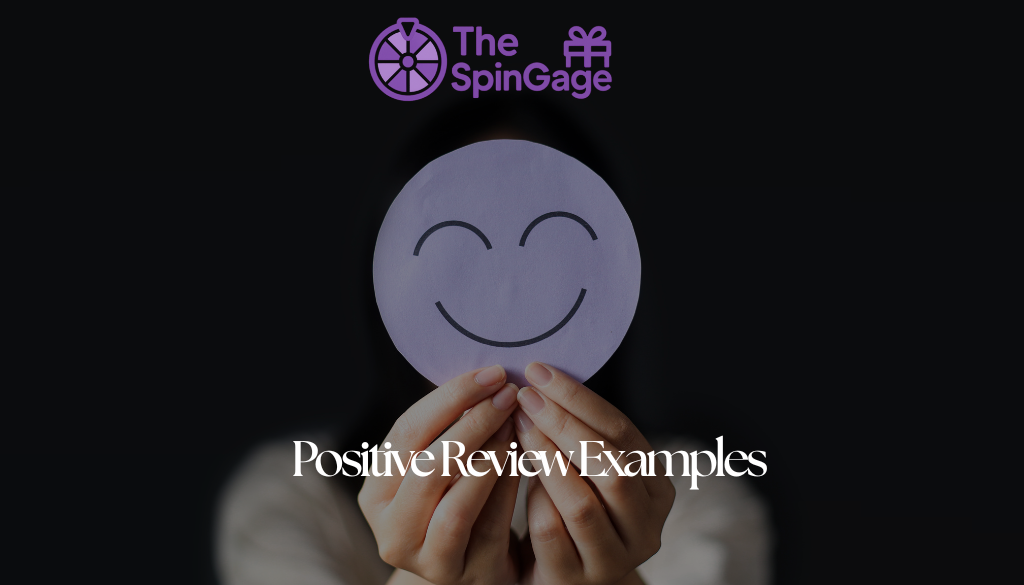
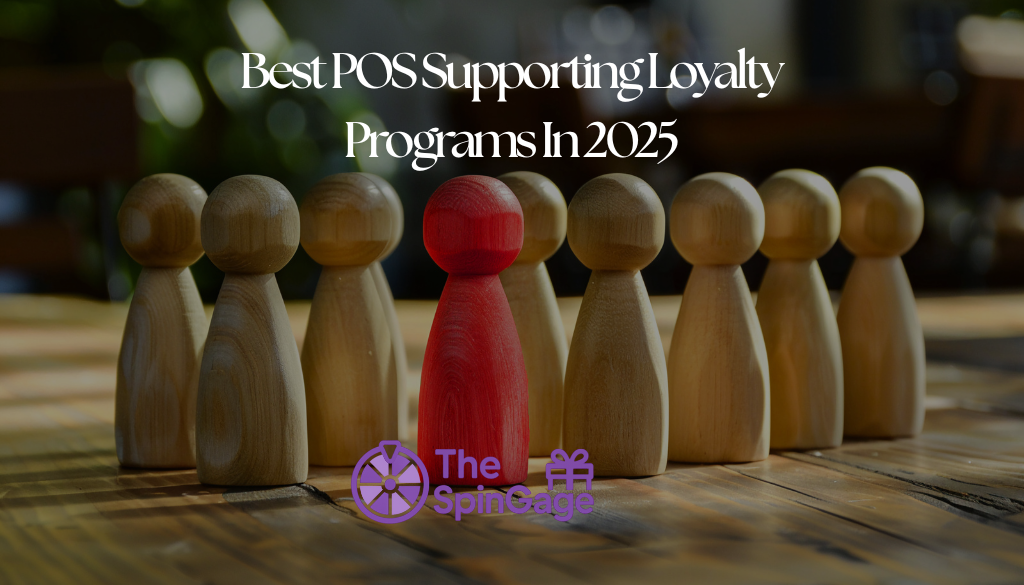
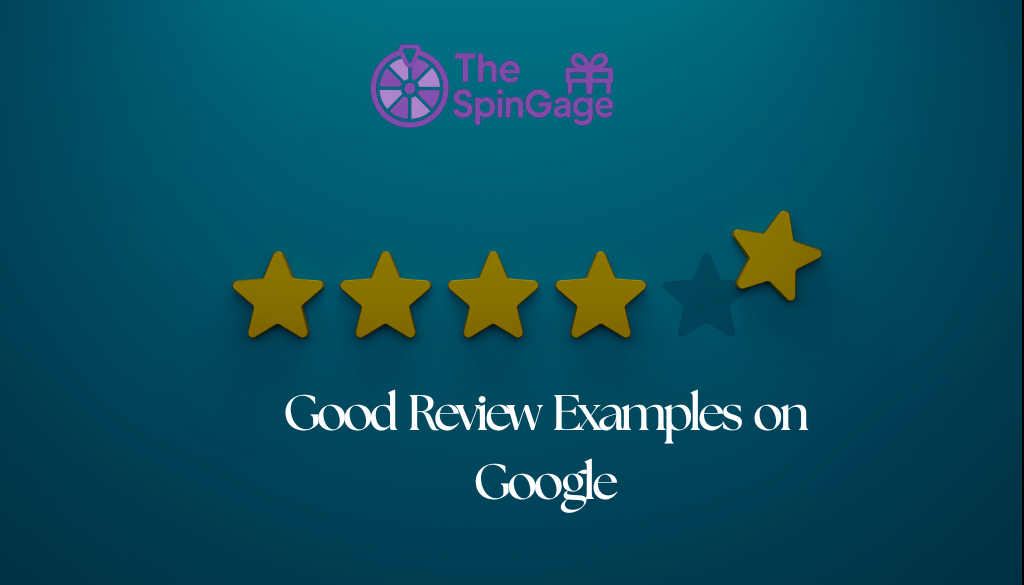

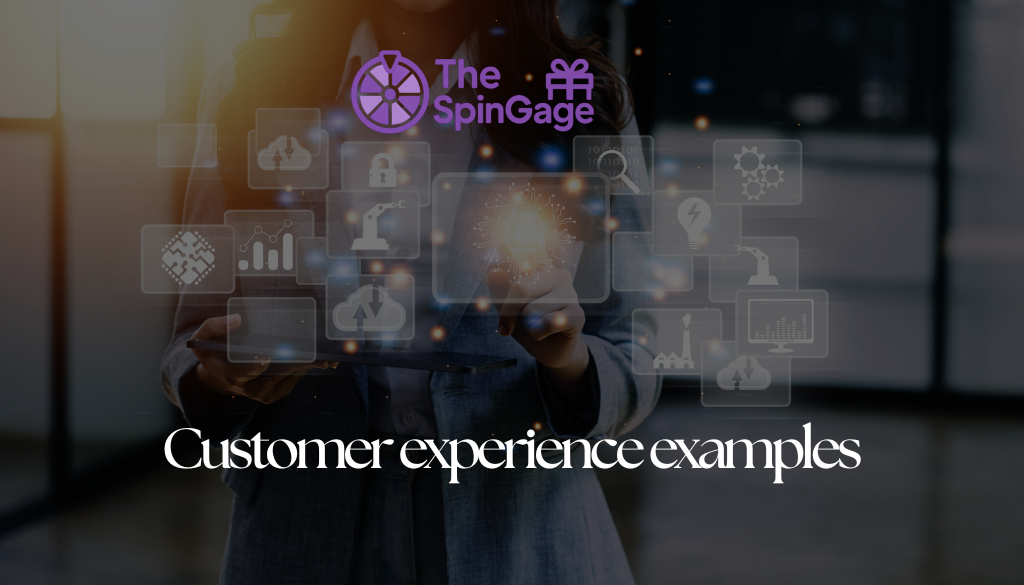

Leave a Reply